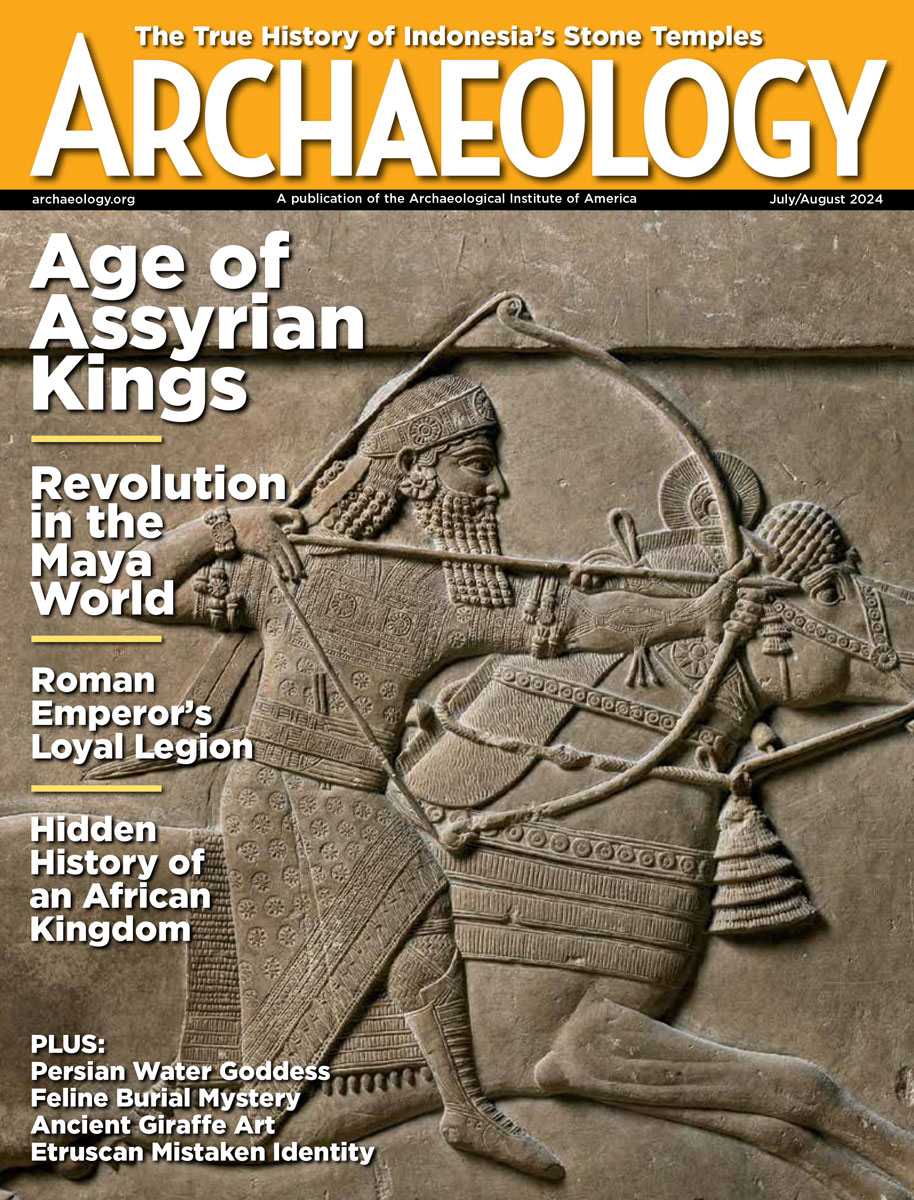Monday, February 20
February 20, 2012
The remains of 20,000-year-old huts lived in by hunter-gatherers have been unearthed in eastern Jordan. “It may not look very impressive to the untrained eye, but it is one of the densest and largest Palaeolithic open-air sites in the region,†said Lisa Maher of the University of California, Berkeley. These long-term residences were in use 10,000 years before the practice of agriculture began.
Scientists have analyzed a grisly collection of mummies created by Italian anatomist Giovan Battista Rini in the early nineteenth-century. “They have a wooden consistency,†said forensic anthropologist Dario Piombino-Mascali of the Institute for Mummies and the Iceman in Bolzano.
Archaeologists at Monticello, Thomas Jefferson’s Virginia plantation, are excavating in the area known as Mulberry Row, a road lined with buildings in the slave quarters. “We’re getting the information here that we would need if we were able to reconstruct Mulberry Row,†said research manager Sara Bon-Harper.
The second conservation phase of the Khufu solar boat project, which is being conducted by the Egyptian government and a team from Japan’s Wasida University, is set to begin. The two 4,500-year-old boats were discovered in 1954 in a pit next to the Great Pyramid.
- Comments Off on Monday, February 20









